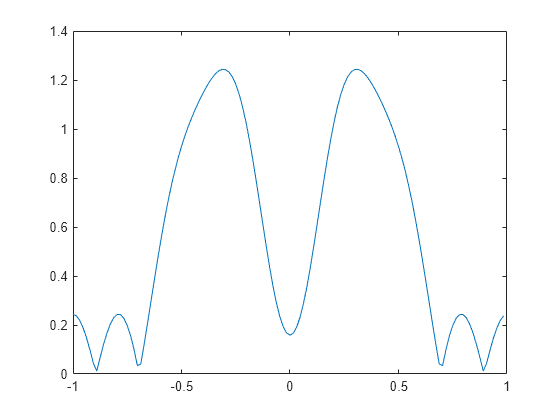ftrans2
2-D FIR filter using frequency transformation
Description
Examples
Input Arguments
Output Arguments
Algorithms
The transformation below defines the frequency response of the two-dimensional filter
returned by ftrans2.
where B(ω) is the Fourier
transform of the one-dimensional filter b:
and
T(ω1,ω2)
is the Fourier transform of the transformation matrix
t:
The returned filter h is the inverse Fourier transform of
H(ω1,ω2):
References
[1] Lim, Jae S., Two-Dimensional Signal and Image Processing, Englewood Cliffs, NJ, Prentice Hall, 1990, pp. 218-237.
Version History
Introduced before R2006a

